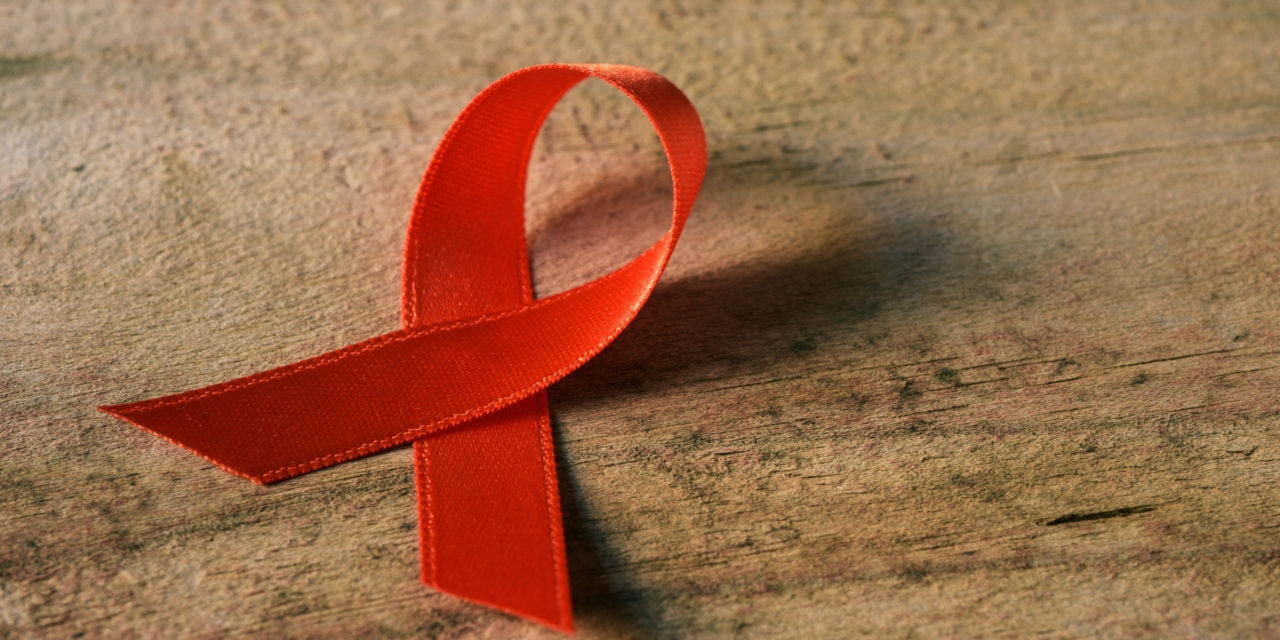March is Self-Harm Awareness Month, an internationally recognized campaign founded with the intention of educating the public on causes, forms, and warning signs of self-harm. The hope is that doing so will undo harmful stereotypes and misconceptions, as well as the stigma surrounding this behavior. Improving awareness, however, is only half of the battle. By outwardly showing support for self-harm awareness, individuals indicate that they are a safe space and someone with whom self-harmers can come to without fear or judgment. A simple dialogue can be monumental in getting them effective treatment and potentially saving their life. In this article, we’ll highlight how to participate in Self-Harm Awareness Month and show your support as a mental health advocate.
5 Ways to Participate in Self-Harm Awareness Month
Self-Harm Awareness Month aims to undo those narratives, allowing self-harmers to feel more comfortable seeking out the help that they clearly need. While obtaining treatment would be the ideal scenario, simply having some form of social support can go a long way, and is why simply demonstrating support for this campaign can be extremely impactful. Here are some of the most common ways to participate:
1. Wear Orange
Like many other causes, self-harm awareness has an associated ribbon. One easy way to participate in this campaign would be to don an orange ribbon. However, in the case that you don’t already have one, wearing orange clothing or a wristband throughout the month is a viable alternative. If you’re looking to acquire an orange ribbon for self-harm awareness, there are likely to be more opportunities to get one around March 1st, which is internally recognized as Self-Harm Awareness Day.
2. Write the Word “Love” on Arms or Wrists
Arms and wrists are one of the most common sites where self-harm is inflicted on the body. Writing “love” is meant to serve as a reminder that you are not alone. To show support during Self-Harm Awareness Month, individuals can temporarily etch these words on their body with a marker, although it is not uncommon for people to get these words permanently tattooed for this cause. This act was inspired by the non-profit group, To Write Love On Her Arms (TWLOHA), a well-known advocate for those struggling with depression, addiction, self-injury, and suicide. This organization has become so ubiquitous with this cause that in many instances, individuals sometimes put the entire name of this organization on their arm or wrist instead.
3. Semicolon Tattoos
While more commonly associated with suicide awareness, its symbolism casts a wide net that includes people struggling with dark thoughts that might lead to self-harm or attempted suicide. Its meaning is tied to the semicolon’s function as a punctuation mark. In literature, a semicolon represents a pause with a meaningful continuation. It is thought of as a moment when the author could have ended a sentence but decided to continue it instead. While self-harm is not considered to be self-injury with the intent of causing suicide, this behavior greatly increases the likelihood of its occurrence.
4. Butterfly Drawings
Self-harmers can also participate in Self-Harm Awareness Month. The idea behind the Butterfly Project is to draw an image of a butterfly on the part of the body that is a common site of self-harm. Letting that drawing fade naturally means that the butterfly “lived” and is only possible if the individual doesn’t cut themselves. These butterflies can either be drawn on (temporary) or tattooed on permanently. The Butterfly Project was created as motivation to abstain from self-harming behavior (not to be confused with the identically-named organization created in memory of children lost in the Holocaust).
5. Donate to A Self-Harm Awareness Organization
There are a number of organizations dedicated to helping individuals struggling with depression and anxiety, self-harm, or suicidal thoughts. One of the easiest ways to amplify your impact on a larger scale is by donating to organizations that already have the infrastructure in place to raise awareness and help provide tangible services to self-harming individuals. Here are a few mental health non-profits you can donate to in support of self-harm awareness:
- Adolescent Self Injury Foundation
- The Jed Foundation
- Hope for Depression Research Foundation
- The Trevor Project
- American Foundation for Suicide Prevention
- Mental Health America
- National Alliance on Mental Illness (NAMI)
- Cars For Hope (based in Australia)
- YoungMinds (based in UK)
Why Self-Harm Awareness Month Matters
First, let’s talk about why raising awareness is so important. Self-harm is a mental health concern. Despite affecting nearly 1 in every 4 people, mental illness is an area that is still yet to be fully embraced, or in some cases, acknowledged as being a legitimate condition, by society. Embarrassment, discrimination, and worries of social exclusion are feelings and fears that often prevent affected individuals from properly addressing their struggles with mental health. This is a major reason why only an estimated 20% of people diagnosed with a mental health disorder received treatment.
Those false narratives, however, are particularly dangerous when it comes to self-harm – forms of which can quickly turn life-threatening. Not only can it discourage affected individuals from seeking treatment, but the lack of a safe outlet can intensify feelings of alienation which could deepen the cycle of self-injury in turn.
What Self-Harm Is (and What It Isn’t)
The term self-harm is used interchangeably with the term ‘self-injury’. Both are defined as causing intentional but nonfatal physical harm to oneself, often as a coping mechanism to deal with stress or trauma and similar to the reasons that might cause someone to turn to drug or alcohol abuse.
There is a common misconception that self-harm is a failed suicide attempt, but it is quite the contrary as self-harmers often partake in behavior as a way to keep them from the brink of their darkest thoughts. However, that’s not to say that this association is completely unfounded. There is a well-established correlation that repeated episodes of self-harm can indicate increased suicide risk. Additionally, some forms of self-harm are more dangerous than others and can result in an unintentional fatality.
Self-Harm and Substance Abuse
Both self-harm and substance abuse can be linked to mental illness or difficulty coping with stress and trauma. In addition to sharing a similar source, both destructive behaviors can be addictive. Inducing pain can force the release of endorphins, and this manipulation of neurochemicals is the same that creates the pathway for drug addiction. The relationship between the two is interwoven and cyclical, where one can often lead to (or worsen) the other.
Similarities in Behavior
- Difficulty communicating with others or expressing emotion
- Self-isolating or reclusive behavior
- Wearing long sleeves or pants in hot weather (to hide scars on body parts)
- Emotional instability such as frequent and unpredictable mood swings
Self-harm is not always indicative of a mental health disorder, but depression, anxiety, PTSD, or other psychiatric conditions are often an underlying cause. As such, substance abuse is often treated as a co-occurring disorder in the presence of self-harming behavior. Dual diagnosis treatment centers are ideal for dealing with substance abuse or addiction in the face of self-harming behavior. Visit the AT Mag directory to find a dual diagnosis rehab center near you.

